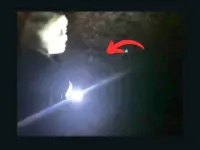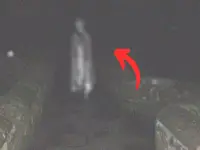5. Assassin Bugs
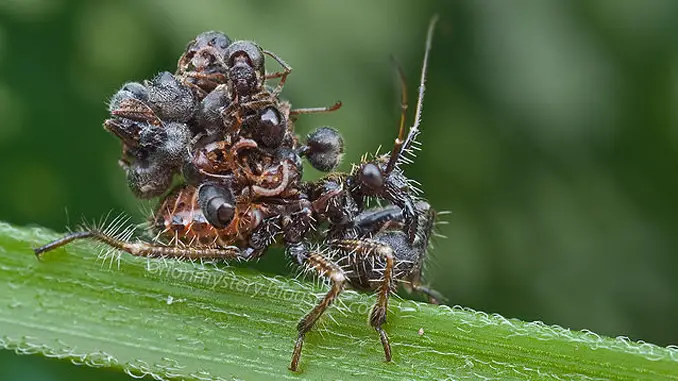
There are several types of assassin bug, but there is one species in Malaysia that is particularly gruesome. The A petax is a quick and violent killer, and kills its prey by stabbing them with a long beak. After the stabbing, the prey is injected with enzymes that start to break down its body, so that its insides become liquefied and gooey, so the assassin bug can easily slurp up the flesh inside. A petax is particularly horrifying, as it secretes a glue that it sticks onto the corpses of its prey and then proceeds to stick the corpses onto its own back, so that it walks around covered in dead bodies.
4. Giant Hornets

Japanese Giant Hornets grow to be about 5cm in length, but they can reach speeds of up to 40km/h. The hornets are more aggressive and territorial than many other species of hornets, and can chase an intruder for up to 95 kilometres. Their stinger is about 6cm long, but contains a poison that can dissolve human flesh and even attack the central nervous system if it’s not treated.
If provoked, these giant winged creatures can inject potent venom that can cause anaphylactic shock, cardiac arrest and multiple organ failure. One researcher described being stung, he said it’s like a hot nail was being hammered into his leg.
If the victim is allergic to the venom it often means certain death. In Japan the death toll from the Asian Giant Hornet is around 30 to 40 people per year while in the Shaanxi Province in China more than 1500 people are injured each year by these flying death dispensers.
3. Backstabbing Mantis
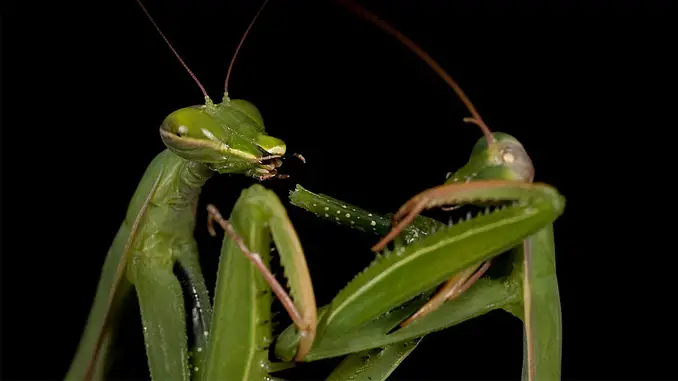
The female praying mantis, around 25% of the time, will devour her male partner after mating with him. She usually starts with the head and goes from there, and this meal will last her until well after the breeding season. Studies have shown that this process not only gives her sustenance, but will cause the female to produce up to three times as many eggs.
2. Bullet Ants

Bullet ants are found in rainforests in South and Central America. They’re called bullet ants because their sting feels like being shot, and the intense pain can last for up to 24 hours, earning them their other name Hormiga Veinticuatro, the 24-hour ant. Their stings can temporarily paralyse humans, if you get stung enough times.
The sting from these tiny death peddlers is reported to be one of the most potent in the insect kingdom. They rank the highest on the Schmidt sting pain index. Victims have described the sting as waves of all consuming pain, that throb and ache for up to 24 hours.
The Sateré-Mawé people of Brazil use these ants to initiate young male members of the tribe. As a test of strength and resilience the young boys must wear a makeshift glove that has hundreds of bullet ants woven in, stinger forward. They must wear the glove for more than five minutes at a time, often getting stung dozens of times. Their arms will go completely numb as they absorb the ant venom. The boys will often slip into a seizure like state for days on end.
Just one initiation session is traumatic enough, but the young tribesmen will have to undergo the ceremony 20 times over the course of months or years.
1. Killer Bees
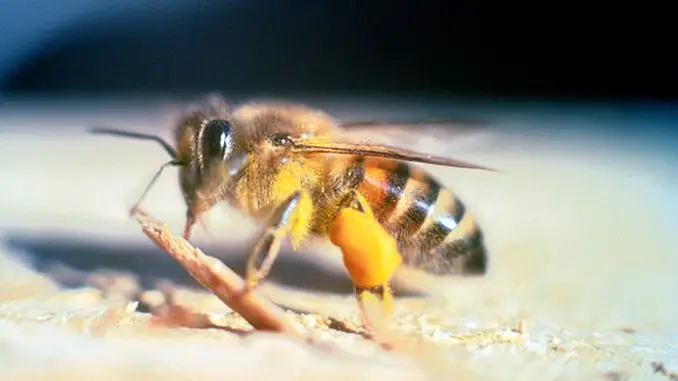
Africanised honey bees, or killer bees, are a man-made bee species. They were bred to be a more productive type of bee, by breeding two different species of bees from Africa and Europe.
These bees are extremely aggressive and territorial, and while people tried to keep them contained, naturally they escaped and started rogue colonies.
Studies have shown that Africanised Honey Bees react to disturbances up to ten times faster than other species. They are aggressive enough to chase humans and other animals up to half a kilometre away, stinging them relentlessly. As soon as something passes by their hive, they immediately go into attack mode and will chase any intruders until the threat is neutralised.
They are less deadly than regular bees, as their stings are not as toxic, but as they are so territorial they can be far more dangerous and have been known to kill hundreds of people. These insectoid grim reapers can take down horses, dogs and have killed up 1000 humans. Once stung, victims can experience rapid swelling around the eyes, lips and throat. Cramping often sets in as the victim has trouble breathing after which they may suffer from shock or seizure.
—
So there’s our list of horrific insect behaviour. Did this listicle creep you out? Let us know on Twitter and Facebook.




